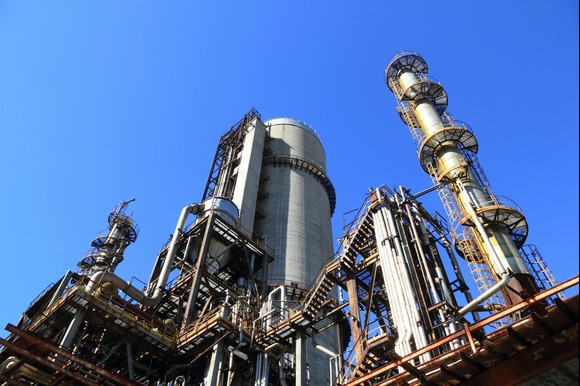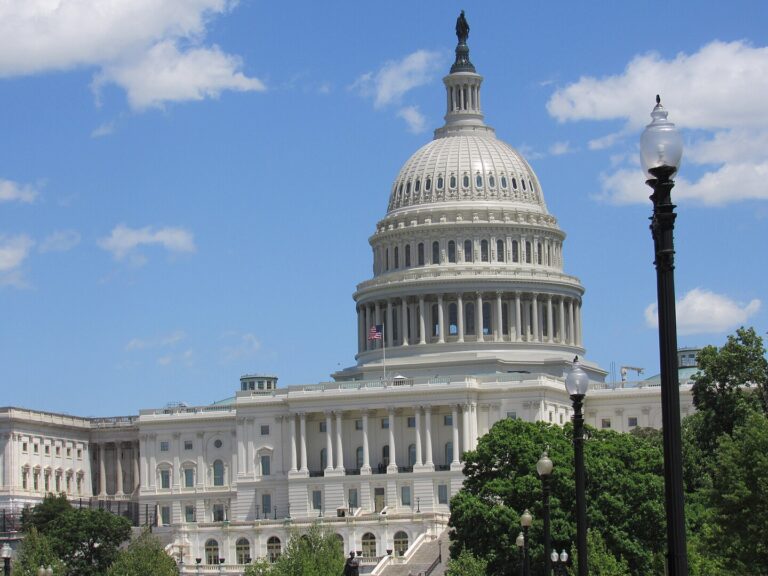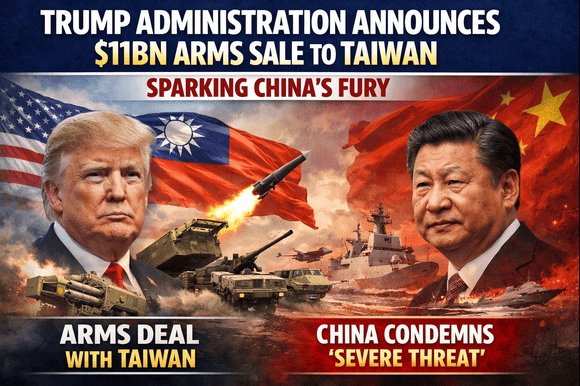
Photo by Pixabay
Oil prices rose more than $1.50 per barrel on Tuesday, rebounding after six straight losses as technical buying and bargain hunters stepped in, despite lingering concerns over a potential supply glut triggered by OPEC+’s latest production decision.
Brent crude futures gained $1.67, or 2.8%, to $61.90 per barrel by 0927 GMT, while U.S. West Texas Intermediate (WTI) crude rose $1.61, or 2.8%, to $58.74. Monday’s session had seen both benchmarks settle at their lowest levels since February 2021 after OPEC+ announced plans to accelerate production increases for a second straight month.
“It’s rather surprising we got this rebound this morning,” said Bjarne Schieldrop, chief commodities analyst at SEB. “But $60 is a psychological line. When oil dips below it, many view it as a good buying opportunity.”
Fears of oversupply have dragged oil down more than 10% over the past six sessions and over 20% since April, as U.S. President Donald Trump’s tariff threats raised concerns about a global economic slowdown. Analysts said the return of Chinese traders after a five-day holiday contributed to the price rebound. “China reopened today, and as the world’s largest importer, buyers likely seized on current low prices,” noted Priyanka Sachdeva, senior market analyst at Phillip Nova.
Adding some support were Saudi Arabia’s latest official selling prices, reported by Reuters, which were trimmed slightly. “The cuts are modest, suggesting no aggressive push for market share,” said UBS commodities analyst Giovanni Staunovo. “It’s a limited unwinding of OPEC+ cuts and may have reset some market expectations.”
In the U.S., economic data showed improved growth in the services sector. The Institute for Supply Management’s non-manufacturing PMI rose to 51.6 in April from 50.8 in March, beating expectations for a dip to 50.2. Analysts expect the Federal Reserve to keep interest rates unchanged on Wednesday as trade uncertainty clouds the outlook.
“This rebound seems driven more by technicals than fundamentals,” said Yeap Jun Rong, market strategist at IG. “Ongoing headwinds—including OPEC+’s strategic pivot, softening demand due to tariff risks, and bearish price revisions—continue to pressure the market.”
Reflecting that sentiment, Barclays cut its Brent crude forecast for 2025 by $4 to $70 per barrel and set its 2026 target at $62, citing market uncertainty and the impact of OPEC+’s actions. Goldman Sachs also trimmed its oil price outlook by $2–$3 per barrel, expecting OPEC+ to raise output by another 400,000 barrels per day in July.






